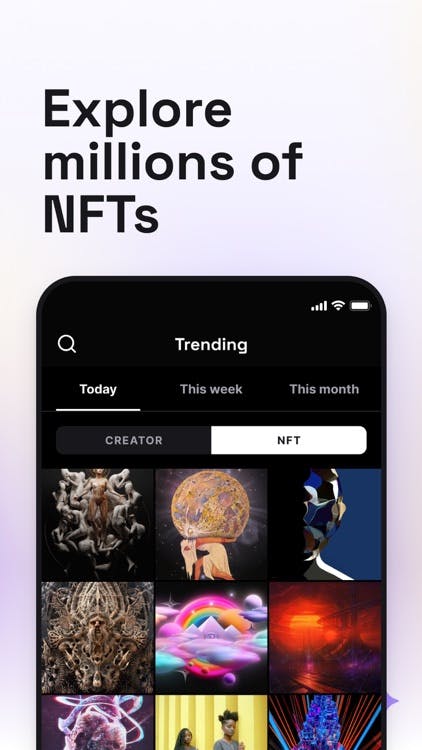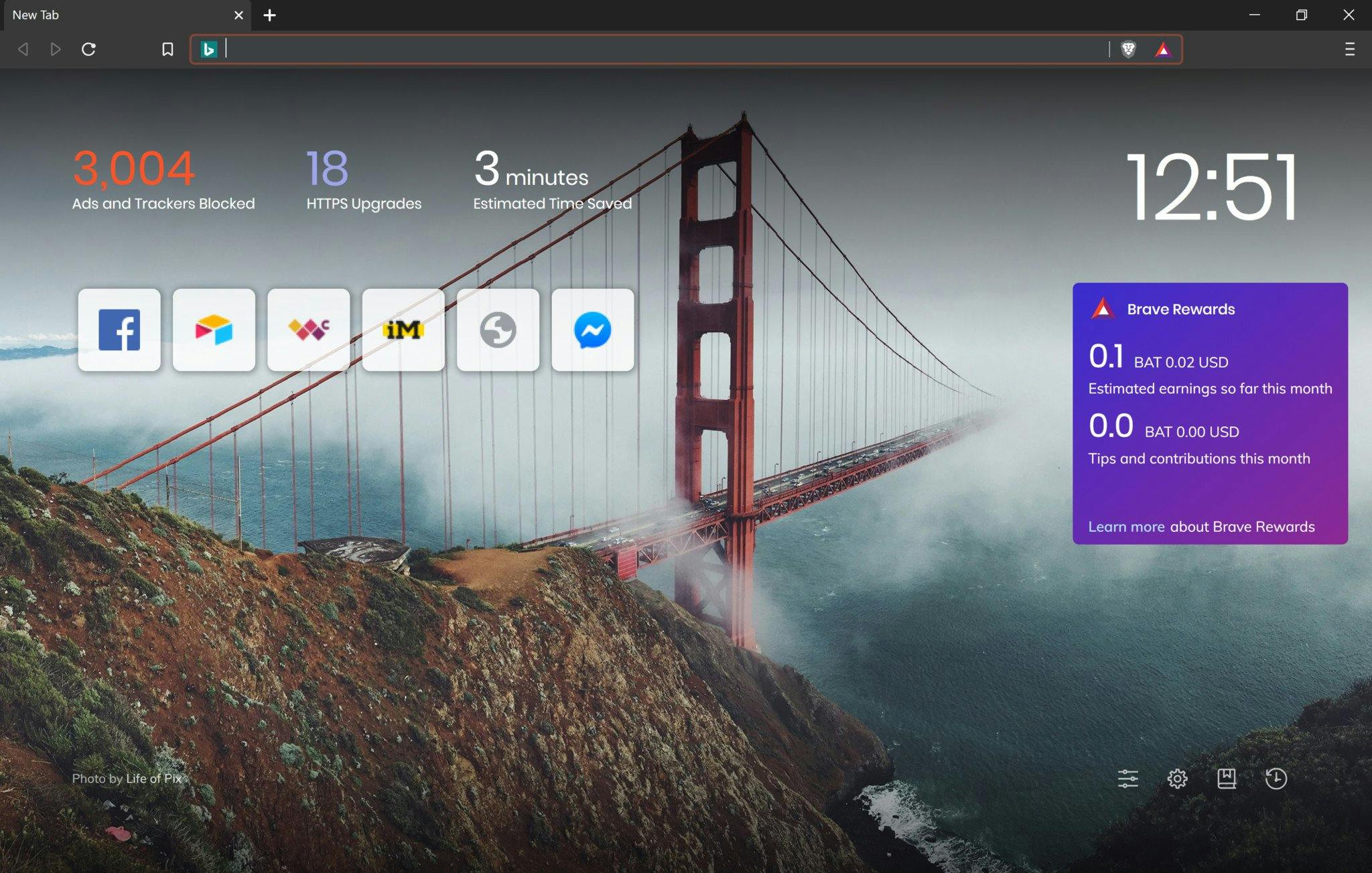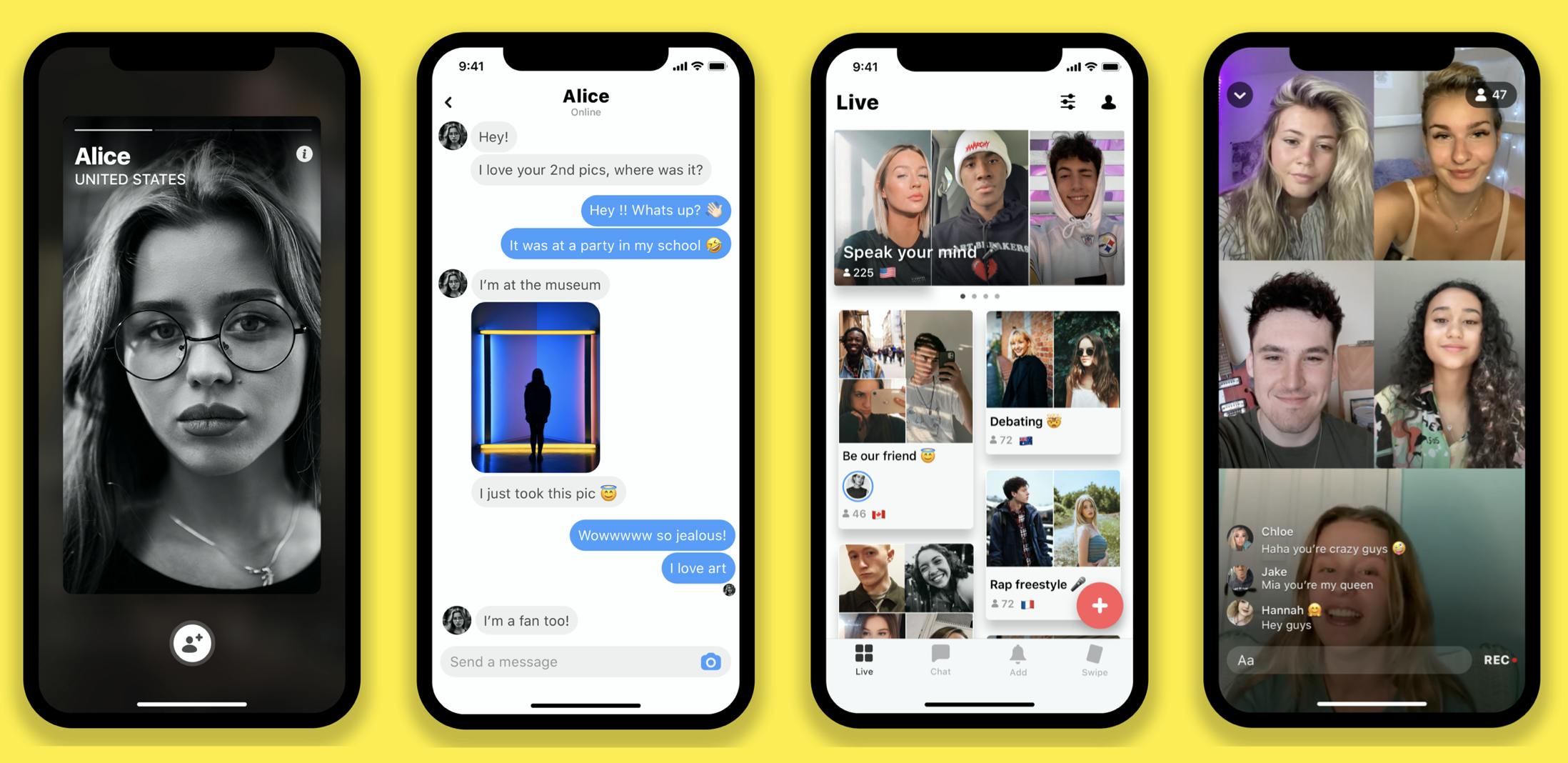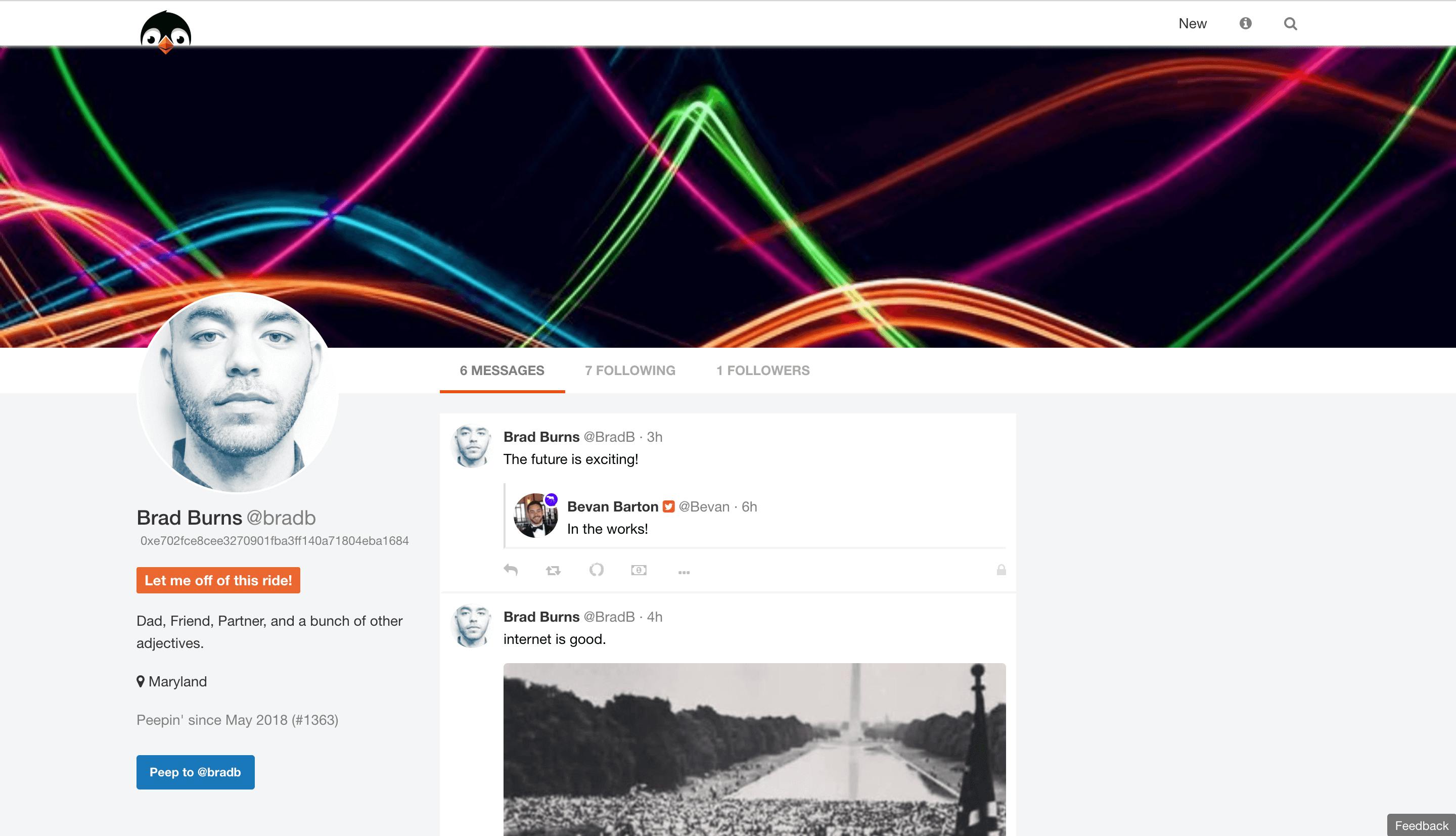Good, better and best. Web1, Web2 and Web3.
I'm pretty sure that you know what an app is, but please humour me while I give a simple explanation for clarity sake. An app(application) in the context of this article, is a software program that is not built on the blockchain network(i.e it's a centralized software program, like WhatsApp, Call of Duty and the rest of them in that regard). dApps(Decentralized Applications) then are digital applications or programs built on the blockchain network (i.e it runs on a P2P(peer-to-peer) network rather than on a single computer). Tap here to read more about dApps.
The apps that were created during the Web1 and Web2 era most likely understood the assignment at the particular periods they were created but now, we have more assignments and new apps, or in the case of Web3 dApps, are being(or have been) created and they too understood the assignment.
An important idea of Web3 is returning power to its users rather than centralizing control among company executives. In this article I'll be listing Web2 apps and their Web3 alternatives, which are obviously decentralized apps as that is the whole idea of Web3.
Odysee.
Odysee ~ YouTube.
Odysee is a YouTube-like video streaming platform, it was launched in 2020. Odysee is similar to YouTube in the sense that users can upload videos onto their channels, viewers can like or dislike videos, leave comments, and the homepage lists popular topic categories of videos trending on the site.
Odysee was created by the same team behind LBRY, a blockchain protocol. While YouTube stores video uploads onto its centralized server, Odysee works in a different way.
Odysee uploads the content to the computers in that network, shares the data and keeps it online, and the LBRY blockchain only contains the information on where to find the file.
Despite the similarities between Odysee and YouTube, there are some notable differences. Odysee:
Doesn't use/collect your data as YouTube does.
Allows creators get ownership of their content and get paid without middlemen deducting their own share.
Showtime.

Showtime ~ Instagram.
Showtime was launched in 2021 by Alex Mesmej.
Showtime is an NFT social network to discover and browse digital art. A decentralized Instagram NFTs. Showtime allows users to create, buy and sell NFTs free.
Brave.
Brave ~ Google Chrome.
Everything you can do on a centralized browser, from visiting a site, entering passwords, making a purchase, can be tracked and shared with third parties which they use to run ads.
Brave is a privacy focused internet browser that lets users navigate websites. Its unique features are:
No ads default policy: Brave automatically blocks ads and website trackers in its default settings.
Native crypto wallet: A cryptocurrency wallet built directly into the browser, making it easier for users to perform crypto transactions securely.
No digital footprints: Doesn't track your data like other web browsers.
Time and data saving: On the homepage, you can see how much data and time you saved that wouldn't have been possible if you weren't using Brave.
Web3 tools: Brave offers a robust suite of Web3 tools(e.g crypto wallet, ramp, etc.) for all kinds of Web3 users (beginners to advanced used). It also offers a significantly lower transaction fee compared to other networks and faster processing times.
Audius.
Audius ~ Spotify.
Audius is a decentralized and community-run music streaming platform that runs on the Ethereum and Solana blockchain. It has already been hailed as a viable rival to Spotify.
Audius eliminates intermediaries (such as record labels or centralized streaming platforms like Spotify). Spotify major record labels take between 50% to 80% of the music revenues, not adding other possible distributors after which the musicians are left with just 12% but that's not the case for Audius, musicians take 90% of the music revenue with no intermediaries or other distributors to settle, just the application.
In terms of community ownership, Audius rewards all users, not just artists, with its $AUDIO token whenever they meet an in-app milestone, such as ranking on 'top five trending playlists' or lists of 'weekly trending tracks'. Through this, unlike Spotify, both artists and fans, users in general, are encouraged to make active contributions to the network and are rewarded for their efforts.
WT Social.
WT Social ~ Facebook.
WT social aims to be the antithesis of Facebook. The tagline says it all: WT Social is the non-toxic social network.
Launched by Wikipedia co-founder Jimmy Wales. Wikipedia's microblogging and contribution features are prevalent on WT social. But more importantly, it lacks all of the data collection that comes with Facebook. Users are now in control of how their feeds are curated.
WT Social has a strong stance against fake news and allows users to change, report any misleading content, and removes users who violate the terms and conditions of the platform.
Yubo.
Yubo ~ Facebook.
Yubo is another Web3 alternative for Facebook, it presents itself as the social network about socializing. One look through the application shows that Yubo is not about tracking users or making you groan in annoyance because ads pop up every 5 seconds.
The platform does not collect data, Yubo is transparent about data collection. The platform is aimed at users between the ages of 13-25. To protect younger users, Yubo separates members into two communities, those over the age of 18 cannot interact with younger users and vice-versa.
Peepeth.
Peepeth ~ Twitter.
Peepeth is a SocialFi decentralized alternative to Twitter. Peepeth runs on Ethereum blockchan. You can post peeps (tweets), acknowledge someone's content by giving them votes and pining it on your profile.
There are a lot more decentralized applications like:
Web2 apps and Web3 dApps strive to curb misinformation, and better user experience. The centralized nature of Web2 applications generally work for its own benefits and can harm user experience in the process but for Web3 dApps, the decentralized nature incentivize user engagement and experience which is absent in centralized systems.
While some Web2 apps are pivoting into the Web3 space by making litte changes here and there, some apps already have made little changes but no matter how much upgrade is done or changes are made, Web2 apps by nature will always be Web2 apps.






